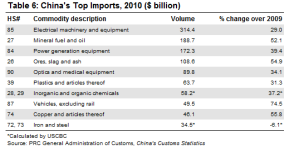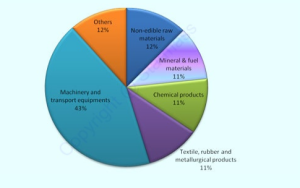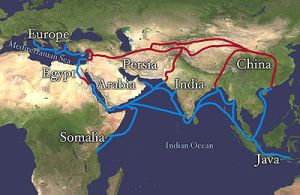Digital marketing for Rookies
Social Media offers the power of internet to collaborate and share. It is also a platform to a contemporary consumer to search for choices, research on product utility, customer reviews, prices, delivery and warranties etc. The ability of the customer to collate the data and filter through the information is the new age ‘empowered customer’
An ‘empowered customer’ is one who makes a rational decision of choice based on data and facts available to them. As a consequence, the power of brand may have a lower impact vis-à-vis a generic product with similar features and serves similar or identical utility. It means small businesses have an opportunity to leverage the internet to their benefit by addressing the needs of the client, at lower costs and relatively higher margins. Digital Media offers comprehensive mediums to communicate with your clients, however, the problem is, are the customers or the prospective customers reading or comprehending the information your business is displaying?
The ‘RACE’ is to Reach out to your Customer, Identify the sources through which they Access their information, Customize/ Personalize the information which the Business needs to communicate and the customer accesses and most importantly, create an Experience by engaging the customer in a pro-active way. A two way communication will enhance client experience and engagement with the business, because it will lead to customer empowerment to participate, share and collaborate.
- Reach- Your target audience or market
Ask yourself
- Who will you reach out to? Client profile
- Whom are you trying to reach out to? Prospective client profile
- Where is your client? Location
- Access-
There are two aspects to Access (a) How is your client prospective accessing your business (b) how does your business access your client.
The Points of Contact could be via Google, Bing, Social Media, Website, mobile website, Apps etc. The devices to access could be Smart phones, PC’s, tablets, Laptops etc.
Small businesses must comprehend with the variety of points of contact, channels and devices to access the information. With different platforms available like Android, Windows and Apple businesses need to adapt the contact applications to suit the user device.
With a focus on building Economies of Scale, depending on the macro and local micro market environment, access strategies can include:
- Cooperate
- Collaborate
- Acquire and
- Merge.
- Content Customization
“Think Global, Act Local”
Glo-cal- A business must customize content such as Language, Images, presentation, colors, cultural beliefs, values etc. Information presented to a client must be in a language which the prospect understands, is able to process and act quickly. For e.g.
- What language will you use to communicate with clients in China? English will not make much sense! You need to identify Cantonese, Mandarin or from several local dialects
- Which currency would you indicate for your product? The ‘sound of Dollar’ in many countries will itself make it beyond consideration because it is immediately tagged with “Expensive”, premium etc. So how about pricing your product in local currency (¥, RMB, ₹, ₩ etc.)
- Have you thought about a Multi-cultural- multi-ethnic representation of your product for wider market acceptance and across your traditional borders- Business beyond Borders?
- Experience: The question which any business must ask to itself is, how do we create a client experience through our digital presence? Experiences expedite user choices and decisions.
Some very good options exist as strategies:
- Virtual tours
- Virtual experience
- User experience and testimonial videos
Social media offers multitude of channels to reach your customer. It helps your business build Economies of Scale and build competitive advantage to adapt during leaner times.
References:
CIM UK. 2014. Strategy [Online]. CIM Website: CIM UK. Available:http://www.cim.co.uk/marketingplanningtool/sect7/sect71.asp [Accessed 23-04-14 2014].
KOTLER, P. A., GARY 2010. Principles of Marketing, New Jersey, Pearson.
MANNING, J. 2014. Silver linings. The Marketer. London: CIM, UK.
















